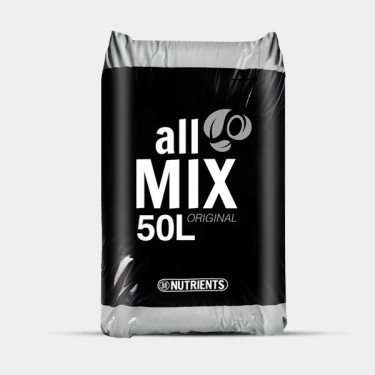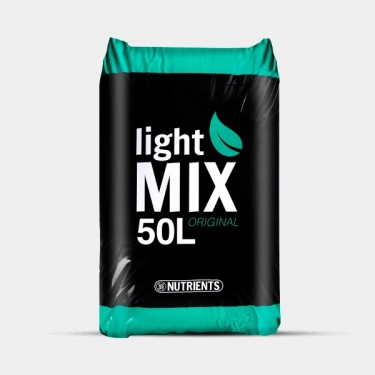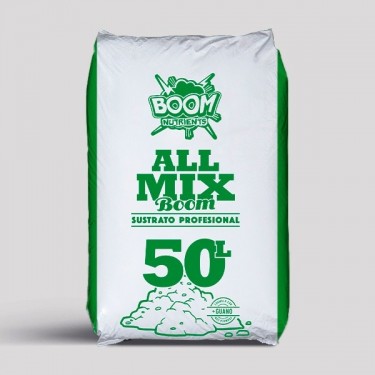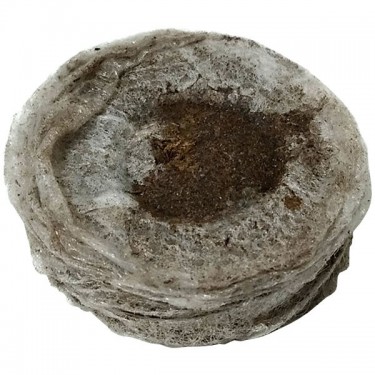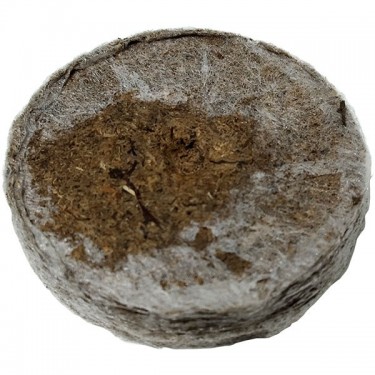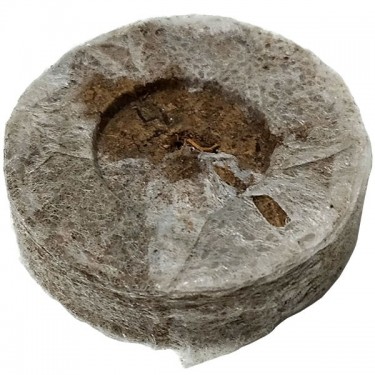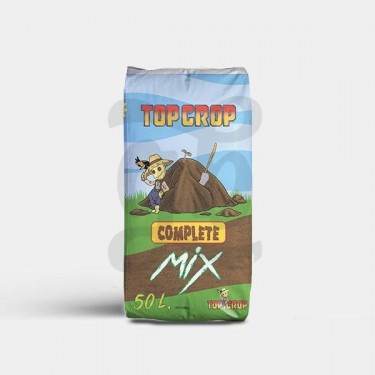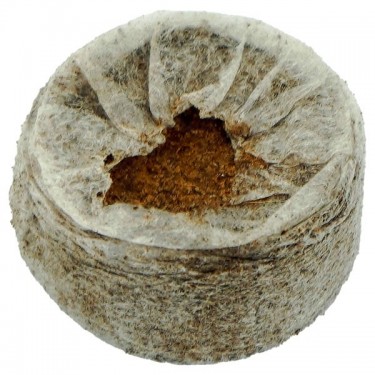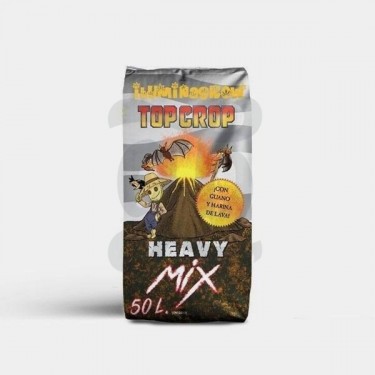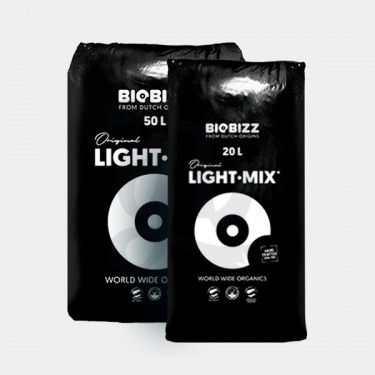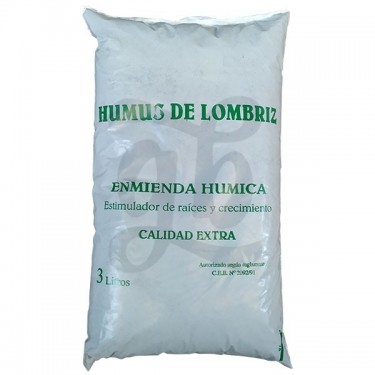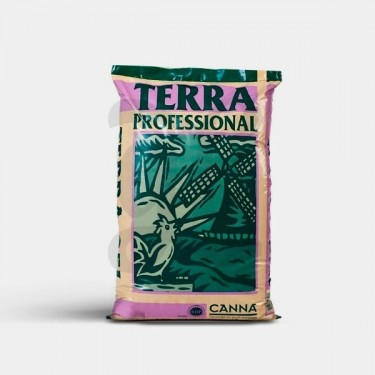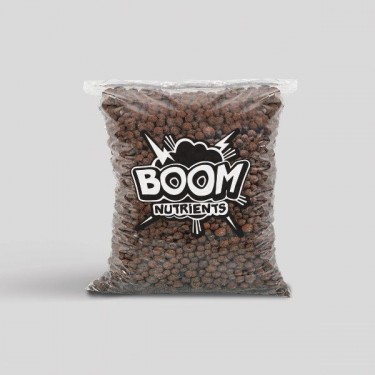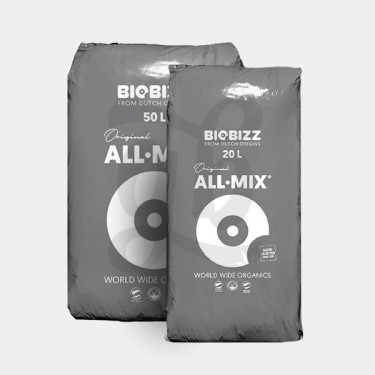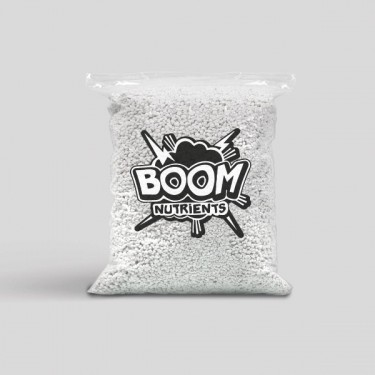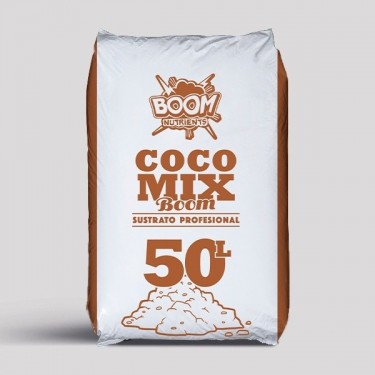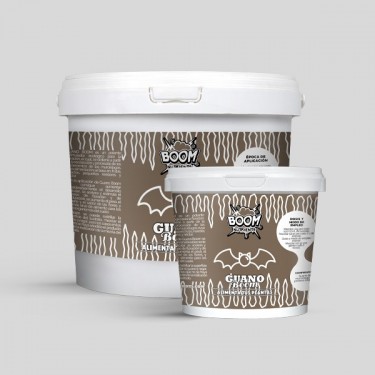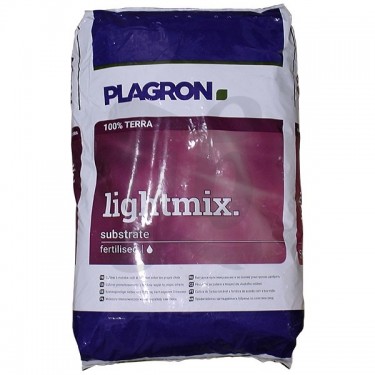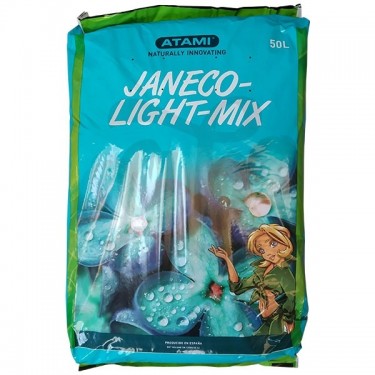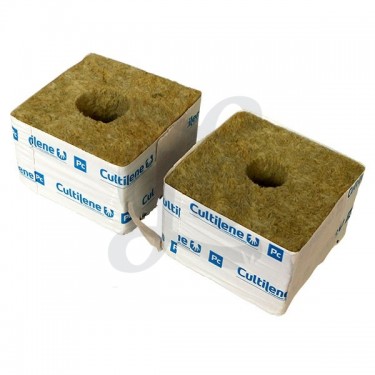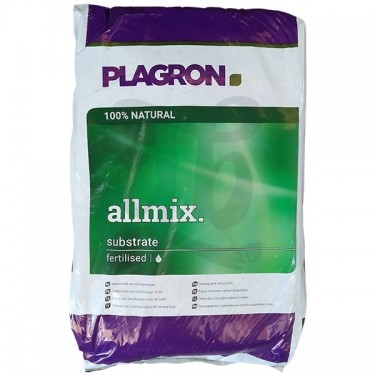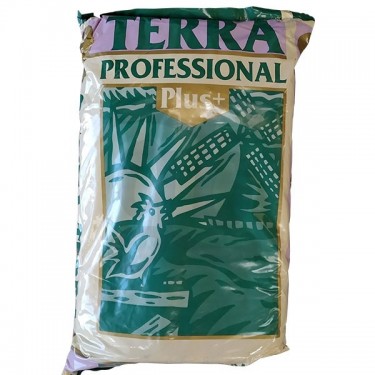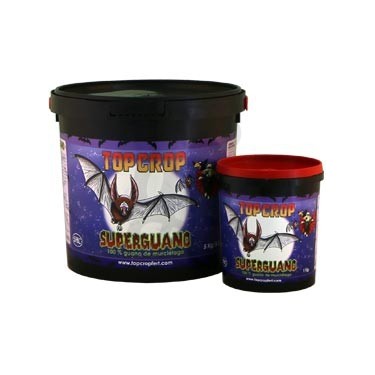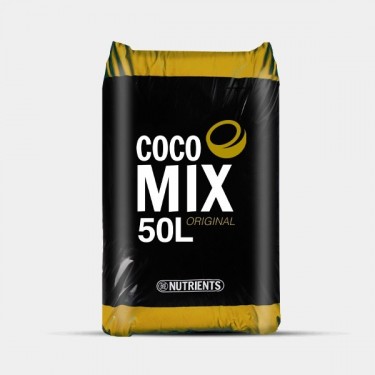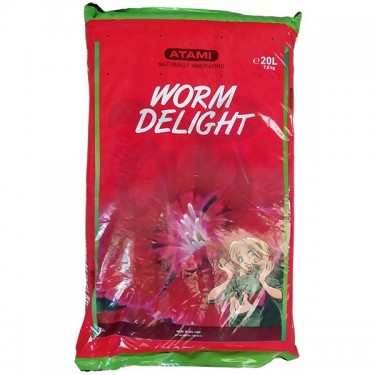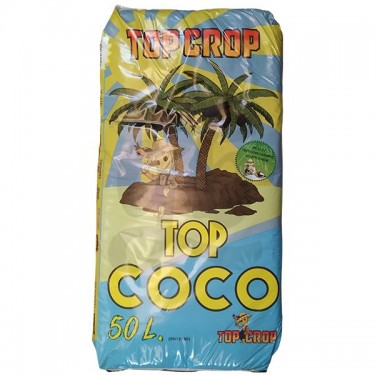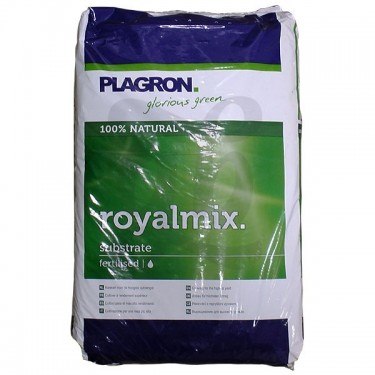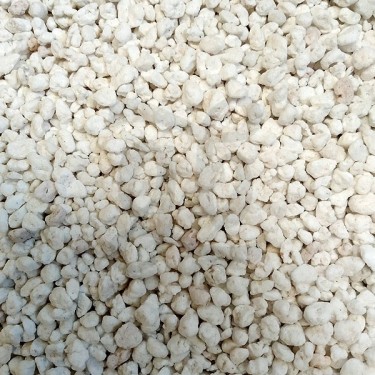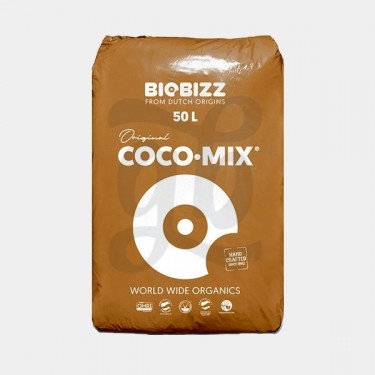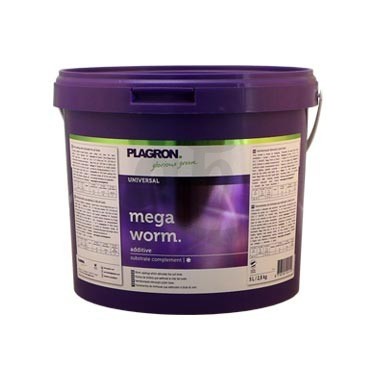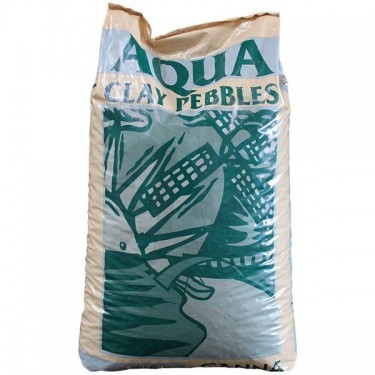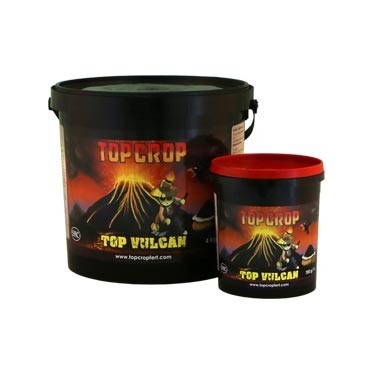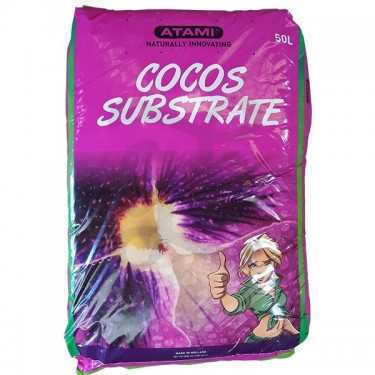Substrates
Substrates: Essential foundations for plant growth
In this category, you'll discover a diverse range of essential materials to boost your plant growth and enhance crop yields. Whether you're an avid gardener, a seasoned farmer, or a plant enthusiast, this category of substrates has been carefully made to cater to your specific growing needs. Keep scrolling to know more about the best growing media and get ready to take your gardening and farming endeavors to new heights with our premium substrates!
Introduction to substrates
Commonly used substrates encompass soil, peat moss, vermiculite, perlite, and soilless mixes like coco coir. By understanding the diverse properties of substrates and their impact on plant growth, gardeners and farmers can optimize conditions for healthy and thriving vegetation.
What are substrates?
A quick substrate definition is the surface where your plants live. The quality of a substrate varies according to their components, and there are many possible types. In fact, it’s very common among growers to make their own substrate in order to meet the nutritional needs of their crops.
Types of substrates
Substrates are essential materials used in horticulture and gardening to provide a suitable growth medium for plants. There are two main types of substrates: organic and inorganic. Choosing one or another will depend on our specific growing needs and desired results.
Organic substrates
Organic substrates are derived from living or once-living materials. They include compost, peat moss, coconut coir, and manure. These substrates provide essential nutrients, improve soil structure, and enhance water retention, fostering healthy plant growth and microbial activity. Besides, organic substrates are environmentally friendly and support sustainable gardening practices.
These compact discs are made using peat moss and are perfect for germinating and rooting both seeds and clones. They are easy to hydrate, so your plants will consume less water and root much faster due to their quality materials.
Coco Mix Boom Professional Coco Substrate is an organic substrate made of coconut coir fiber, a perfect product for rainy and humid climates as it drains quite fast. Besides, this growing medium provides extra nutrients to your crops, so it also increases the yields.
Inorganic substrates
On the other hand, inorganic substrates are non-living materials, such as perlite, vermiculite, sand, and rockwool. These substrates offer excellent aeration, drainage, and stability. They are commonly used in hydroponic systems and soilless growing media. Also, inorganic substrates can be easily sterilized and reused, making them a practical option for various horticultural applications.
Our perlite is perfect for saving money as it can be reused forever, as long as it’s been washed and cleaned correctly. You can also mix it with your own soil or coconut coir substrate to give your plants’ roots more air and oxygen.
Vermiculite is a mineral that contains all the necessary nutrients for a healthy growth, and that also features a great water retention capacity, something perfect to prevent roots from drying while providing lots of benefits to our plants’ growth.
Benefits of using quality substrates
High-quality substrates offer numerous advantages for your plants’ growth and cultivation: enhanced root growth, improved water retention, or better aeration are some of the multiple benefits that you can get with our wide variety of premium substrates.
Enhanced root growth
Quality substrates offer proper aeration and drainage, preventing root suffocation and waterlogging. Besides, enhanced root growth leads to healthier and more robust plants, better nutrient uptake, and improved overall performance.
Improved water retention
High-quality substrates have excellent water retention capabilities, ensuring a consistent water supply for plants. They prevent excessive water loss and drought stress, allowing plants to stay hydrated even during dry periods. This feature is particularly valuable in arid or water-restricted environments.
Nutrient availability
Quality substrates contain essential nutrients or can retain added nutrients effectively to support healthy plant growth, leading to better flowering, fruiting, and higher yields. Nutrient-rich substrates also reduce the need for frequent fertilization, making them cost-effective and environmentally friendly.
Common mistakes to avoid with substrates
Although our substrates are of the highest quality, there are some poor practices that may risk our plants’ health. Thus, here you have some of the most common mistakes to avoid in order to preserve the incredible properties and quality of these wonderful growing media.
Over-watering
Excessive watering can lead to waterlogged substrates, suffocating plant roots and causing root rot, as well as promoting fungi or other plagues to appear. To avoid this problem, use substrates with proper drainage and water your plants as needed.
Using the wrong substrate type for specific plants
Each plant has specific substrate requirements based on its growth habits, water needs, and nutrient preferences. Using the wrong substrate can hinder root development and overall plant health. Research the ideal substrate for each plant species and tailor your choices accordingly.
Not replacing nor refreshing substrates regularly
Neglecting to replace or refresh substrates can lead to reduced plant growth and increased vulnerability to diseases. Regularly amend or change substrates to maintain an optimal environment for plant growth and maximize yields.
Tips for choosing and using substrates
Substrates are the main substance in which the plant is going to root, grow, feed, and strengthen its structure to promote flowering and pollination, as well as keeping descendants active. That’s why it is important to properly choose and use the one that best meets your growing needs.
Assessing plant needs
Before buying any substrate, it is important to understand your plants' specific requirements, including water needs, nutrient preferences, and pH levels. Choose substrates that align with these needs to promote healthy growth and maximize yield potential.
Mixing and customizing substrates
Experiment with blending different substrates to create a tailored mix that suits your plants' demands. Customized substrates can optimize drainage, aeration, and nutrient content, providing an ideal environment for root development.
Monitoring and adjusting as plants grow
Monitor moisture levels, nutrient uptake, and signs of stress. Adjust watering and fertilization based on the plant's growth stage to ensure consistent and optimal substrate performance. Adapting substrates to changing plant requirements helps maintain thriving crops throughout their lifecycle.
FAQs about Substrates
What can be used as a substrate?
Can you make your own substrate?
How do you make a homemade substrate?
What can I use for mushroom substrate?
Can you use compost as substrate?

Otras categorías de interés
- Cultivation Tools and Accessories
- Indoor Grow Tents
- CO2 generators
- Climate Control Products
- Cannabis grower and Dry Supplies
- Nutrients and Fertilizers for Growing Cannabis
- Hydroponics and Aeroponics
- Indoor Lighting for plants
- Pest Control products
- Indoor Grow Measuring Instruments
- Growing Sets
- Seed trays and pots
- Mother plants and products
- GB The Green Brand Merchandising
- Special offers
- Outlet
- Head Shop
- Products by brand
- Irrigation supplies
- Urban Garden Seeds
- Odor control products
- GB Summer Sale
- Seeds at €1 - Christmas
- Black Friday
- Christmas Presents
- CBD Products
- Weed Strains
- Christmas
- GB January Sales
- Cyber Monday
- SmartShop
- Acénto

